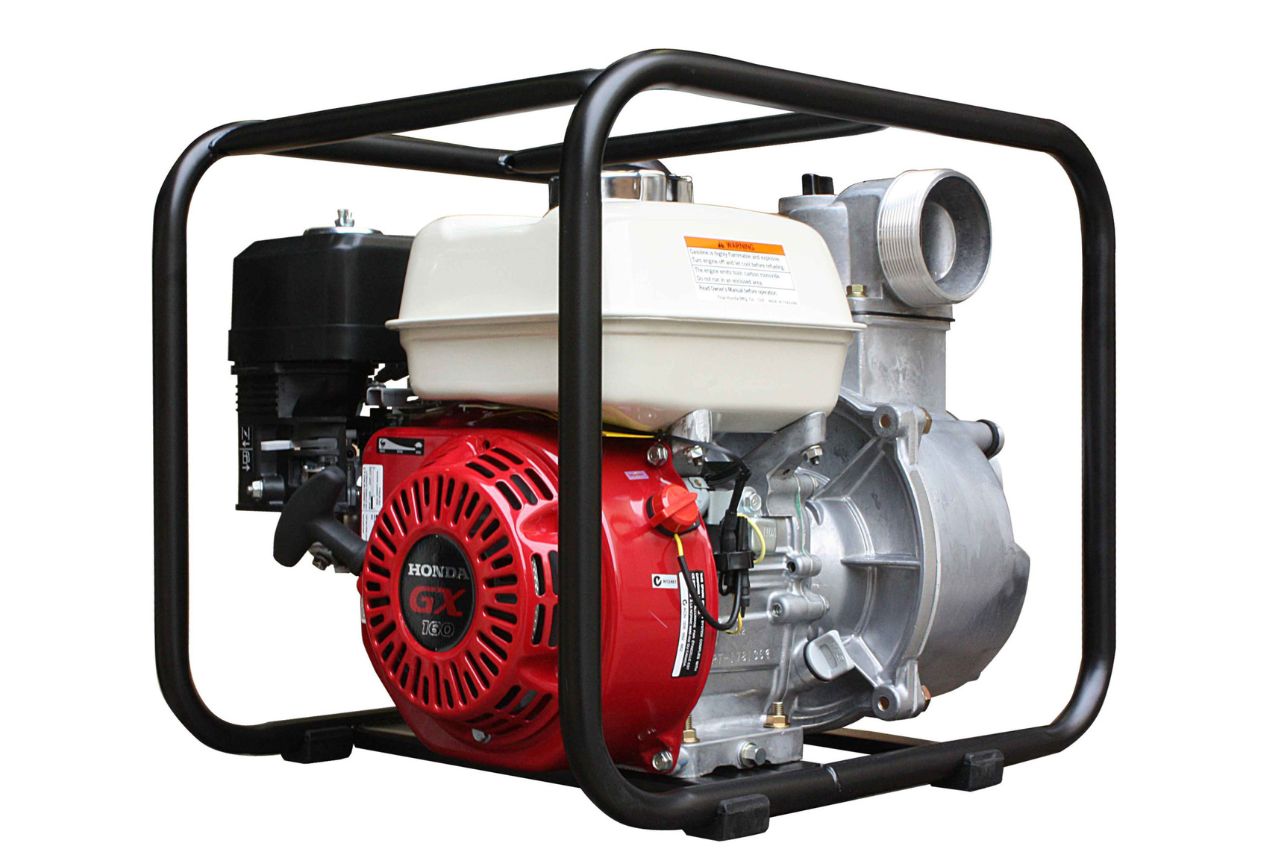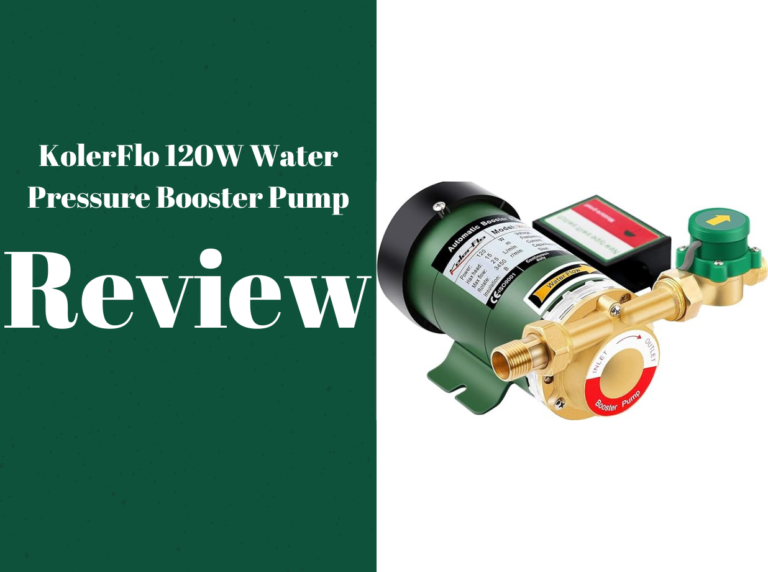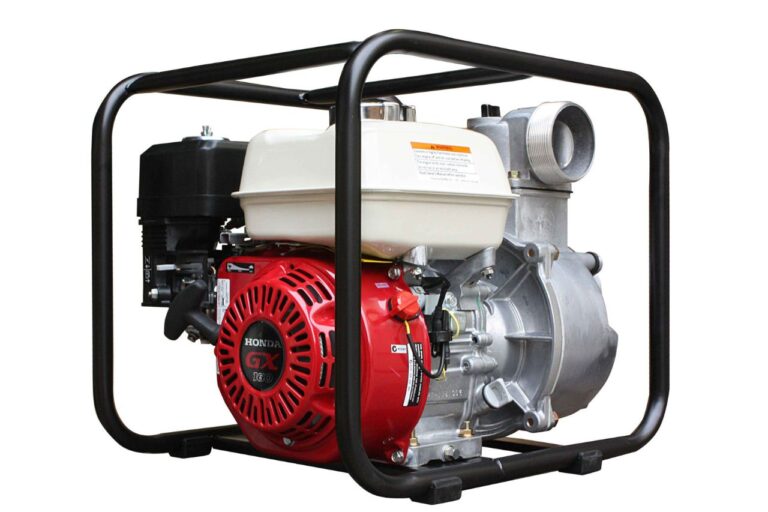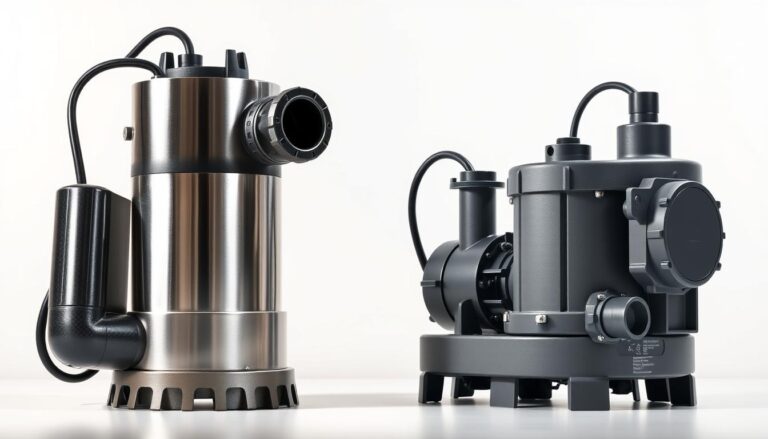Transfer Pump Maintenance Made Simple: Your Go-To Checklist
If you rely on transfer pumps for your business or industrial operations, you know how important it is to keep them in top condition.
Failing to maintain your pumps can lead to costly downtime, lost productivity, and even safety hazards.
But with so many components to keep track of, it can be overwhelming to know where to start.
That’s where our expert team comes in. We’ve put together a comprehensive checklist for transfer pump maintenance that covers all the essential tasks you need to perform to keep your equipment running smoothly.
From inspecting and cleaning filters to checking oil levels and tightening connections, we’ve got you covered.
Whether you’re a seasoned pro or new to the world of pump maintenance, our checklist makes it easy to stay on top of your equipment and avoid costly breakdowns.
So, let’s dive in and explore our go-to checklist for transfer pump maintenance!
Common transfer pump problems
Before we dive into our transfer pump maintenance checklist, let’s take a look at some common problems that can occur with transfer pumps.
One of the most common issues is a clogged filter.
When a filter becomes clogged with dirt or debris, it can restrict the flow of liquid and cause the pump to work harder than it needs to.
Another common problem is a leaky seal. If the seal on a pump is damaged or worn, it can allow liquid to leak out of the pump.
This can lead to a loss of product and create a safety hazard.
Other problems that can occur with transfer pumps include worn bearings, damaged impellers, and loose connections.
These issues can all lead to decreased efficiency and increased wear and tear on the pump.

Transfer pump maintenance checklist
Now that we’ve discussed why transfer pump maintenance is important and some common problems that can occur, let’s take a look at our go-to checklist for transfer pump maintenance.
Inspecting the pump and motor
The first step in our transfer pump maintenance checklist is to inspect the pump and motor. This involves checking for any signs of wear or damage.
Look for cracks, leaks, or other damage to the pump housing and impeller.
Check the motor for signs of overheating, such as a burnt smell or discolored wiring.
Next, check the pump’s suction and discharge connections for any signs of leaks. Tighten any loose connections and replace any damaged hoses or fittings.
Checking the bearings and seals
The next step is to check the pump’s bearings and seals.
Make sure the bearings are properly lubricated and free from any signs of wear.
Check the seals for any signs of damage or wear, such as cracks or gaps. If any bearings or seals are damaged, they should be replaced.
Cleaning and lubricating the pump
The third step is to clean and lubricate the pump.
This involves removing any dirt or debris from the pump housing and impeller.
Use a soft-bristled brush to clean the impeller and housing, being careful not to damage any of the components.
Once the pump is clean, apply lubricant to the bearings and other moving parts.
This will help to reduce friction and prolong the life of the pump.
Replacing worn or damaged parts
The final step in our transfer pump maintenance checklist is to replace any worn or damaged parts.
This includes things like filters, hoses, and fittings.
If any parts are showing signs of wear or damage, they should be replaced as soon as possible to avoid further damage to the pump.
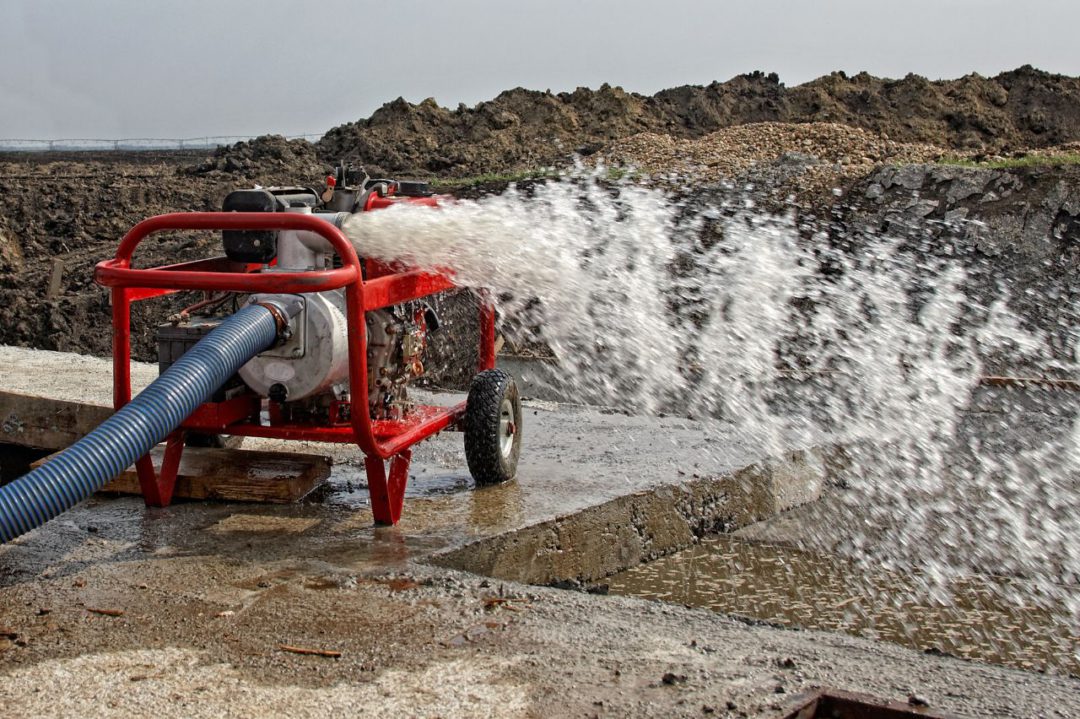
Tips for prolonging the life of your transfer pump
In addition to following our transfer pump maintenance checklist, there are a few other things you can do to prolong the life of your pump. These include:
- Using the right pump for the job. Make sure the pump you are using is appropriate for the type of liquid you are transferring and the volume you need to move.
- Keeping the pump clean. Regularly cleaning the pump and removing any dirt or debris can help to prevent clogs and damage.
- Using high-quality parts. Using high-quality filters, hoses, and other parts can help to prevent premature wear and damage to the pump.
- Monitoring the pump. Keep an eye on the pump’s performance and look for any signs of trouble, such as decreased flow or unusual noises.
The benefits of regular transfer pump maintenance
Performing regular maintenance on your transfer pumps can provide a number of benefits. These include:
- Increased efficiency. A well-maintained pump will operate more efficiently, reducing energy costs and improving productivity.
- Reduced downtime. Regular maintenance can help to prevent breakdowns and keep your equipment running smoothly.
- Improved safety. A properly maintained pump is less likely to fail, reducing the risk of accidents or injuries.
- Longer lifespan. Regular maintenance can help to extend the life of your pump, reducing the need for costly replacements.
Conclusion
In conclusion, transfer pump maintenance is an essential part of keeping your industrial or commercial operations running smoothly.
By following our go-to checklist for transfer pump maintenance and taking steps to prolong the life of your pump, you can avoid costly breakdowns and ensure your equipment is operating at peak efficiency.
Remember to perform regular inspections, clean, and lubricate the pump, and replace any worn or damaged parts.
By doing so, you’ll be able to enjoy the benefits of a well-maintained transfer pump for years to come.

